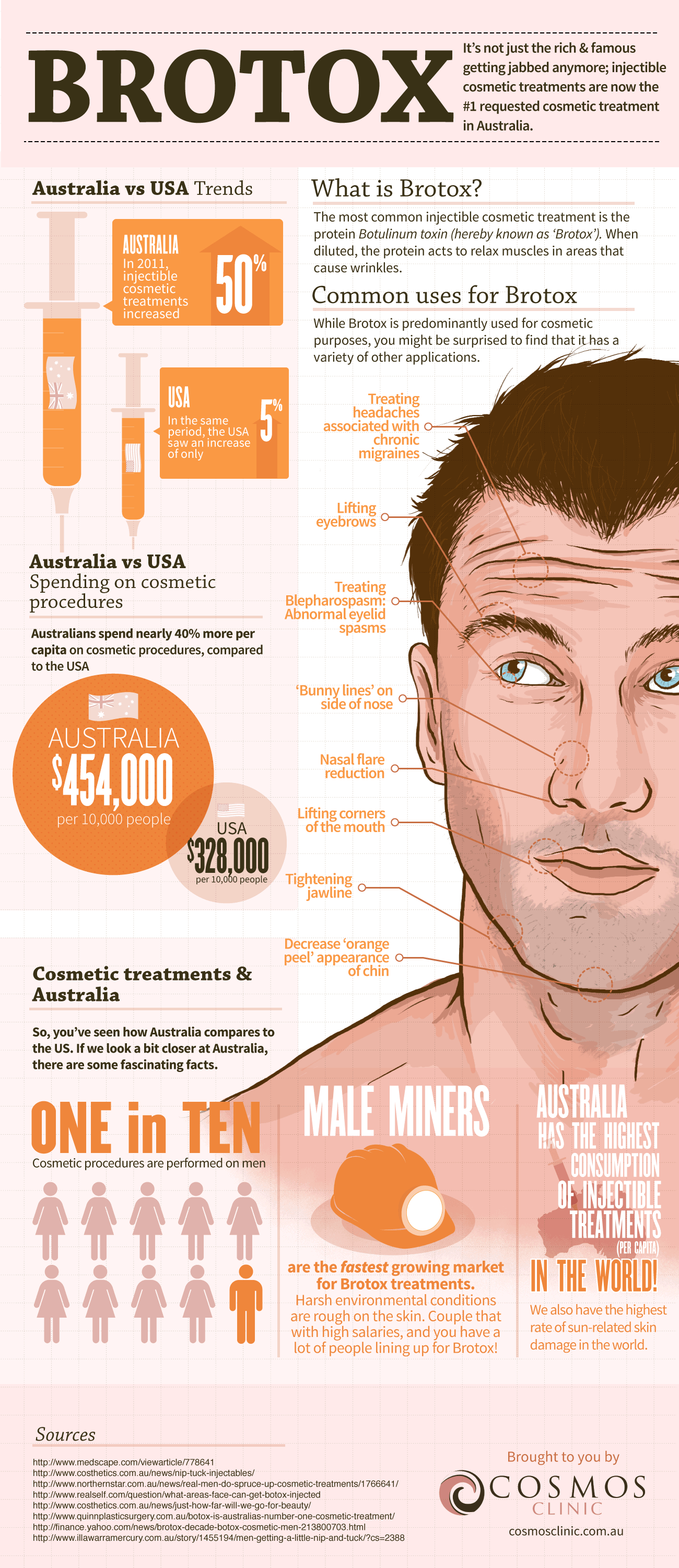Best Sunscreens For Acne Prone Skin
Best Sunscreens For Acne Prone Skin
Blog Article
Acne Treatment - What Are AHAs in Acne Therapy?
AHAs are a vital active ingredient for unclogging pore blockages and brightening acne-prone skin. They function by breaking down dead skin cell build-up to advertise newer, fresher cells, and avoiding future clogs.
Formulating topical AHAs requires careful focus to various essential aspects that dramatically impact their efficacy and tolerability. Preserving the optimum pH array, along with car choice and focus, intensifies their exfoliative attributes while mitigating prospective negative responses.
Glycolic acid
Glycolic acid is recognized for its light yet reliable exfoliating residential or commercial properties, which advertise skin's all-natural dropping and loosen up the "adhesive" that holds dead cells externally of the skin. This aids unblock pores and decrease the look of great lines and wrinkles, as well as improve overall skin texture and tone.
Remarkably, topical glycolic acid has likewise been revealed to promote the manufacturing of collagen, which is important in keeping skin's suppleness and flexibility. It is necessary to keep in mind, nonetheless, that due to the fact that glycolic acid can boost the skin's level of sensitivity to sunshine, it is essential to wear sun block when making use of any items having this active ingredient.
Dermatologists pay mindful focus to the solution of items having AHAs in order to maximize their efficiency and tolerability. Creating AHAs with the proper automobile, in addition to pH and focus factors to consider, enables ideal skin penetration while minimizing potential adverse reactions. This is specifically critical for people with delicate skin, given that AHAs are recognized to be slightly annoying.
Lactic acid
Lactic acid is found in many over-the-counter skin treatment items and some more powerful expert peels and treatments. It has the lowest molecular weight of all the AHAs and has the ability to pass through much deeper into the skin, where it is much more effective at unclogging pores and scrubing.
Like glycolic acid, it additionally promotes collagen synthesis, which assists decrease fine lines and wrinkles and boost skin structure. Furthermore, it has moisture-retention residential or commercial properties, which makes it more suitable for drier skin kinds than various other AHAs.
The comprehensive body of medical data confirming the effectiveness of topical AHAs supports their utility in a wide range of skin-related conditions and aesthetic concerns. These consist of detailed skin renewal procedures, depletion of great lines and wrinkles, lightening of hyperpigmentation, therapeutic treatment for actinic keratosis, and acne administration [2] Enhancing the formulation of AHAs by stabilizing pH, concentration, and vehicle option additionally improves their therapeutic possibility. These cautious considerations make it possible for skin specialists to deliver secure and efficient treatments that give remarkable medical outcomes.
Mandelic acid
Mandelic acid, stemmed from almonds, is one more member of the AHA household and is a popular active ingredient hills med skin in items that help deal with acne. Its larger molecular size indicates it permeates the skin more gradually and gently, which can lower the capacity for irritability. It's likewise less most likely to set off soreness and other skin sensitivity problems, making it suitable for delicate skin types.
Mandelic Acid is believed to help reduce swelling and boost hydration. It functions by loosening the bonds in between dead skin cells, enabling them to shed and expose fresher-looking skin. It also helps in reducing the appearance of bigger pores.
Formulating topical items with AHAs requires a specific balance of vital elements that significantly affect their efficiency and tolerability. Particularly, the pH of an AHA solution has been revealed to play a vital duty in its capability to advertise exfoliation and boost skin tone and appearance. Achieving this ideal concentration is a difficult goal and needs thorough interest to the numerous elements that influence the formulation procedure.
Citric acid
Citric acid, located in citrus fruits such as oranges and lemons, is a moderate AHA. It's much less irritating than glycolic or lactic acid, making it preferable for sensitive skin. It likewise has astringent properties, assisting to dry excess oil.
Like other AHAs, citric acid can be utilized in chemical peels and daily active/maintenance treatments to scrub the skin and promote cell turnover. It can help in reducing the appearance of dark areas and hyperpigmentation, along with fine face lines.
It can additionally enhance the synthesis of glycosaminoglycans, which play a crucial role in enhancing the skin obstacle function. This assists to avoid trans-epidermal water loss, and maintain ideal hydration degrees in the skin [35]
AHAs can be combined with relaxing active ingredients such as ceramides or hyaluronic acid to improve their tolerability. They can be integrated right into day-to-day active/maintenance skincare with lotion or serum formulas. This permits practitioners to tailor their AHA therapies based on client requirements and choices, with the flexibility of selecting from various therapy intensities or concentrations.